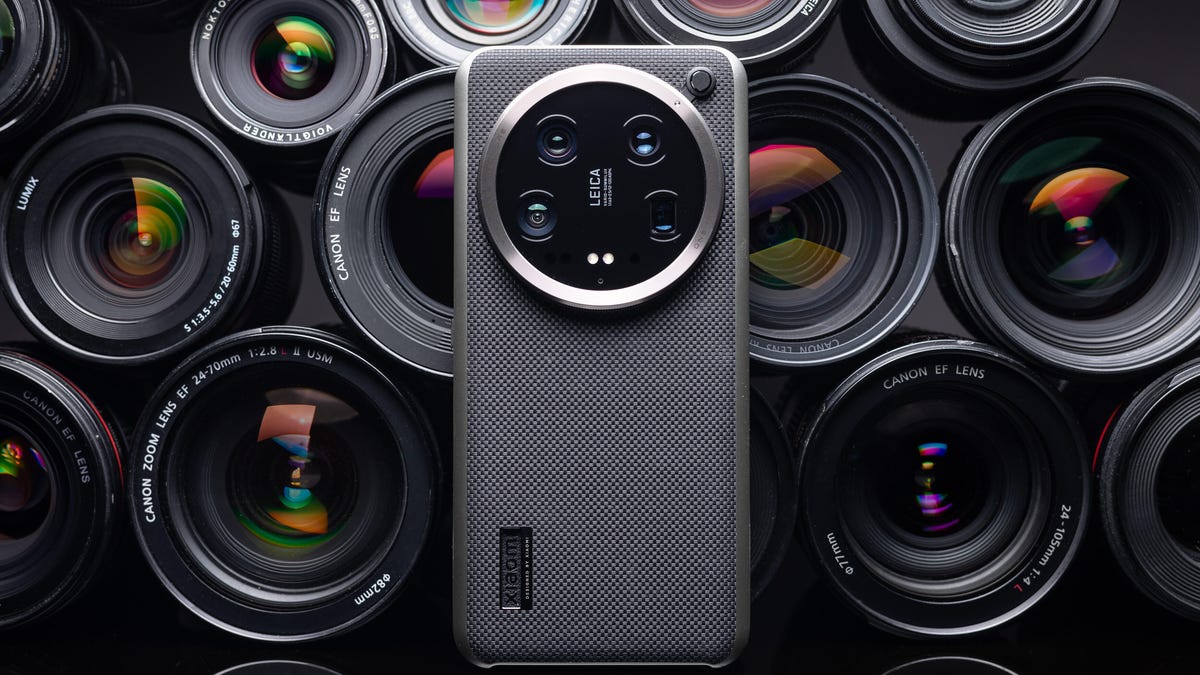Xiaomi 14 Ultra Makes My Phone Camera Dreams a Reality
Commentary: The Xiaomi 14 Ultra's camera features are years in the making and I love how far it's come.

In its full review, I said the Xiaomi 14 Ultra is "the best camera phone I've ever used." Big word, sure, but it earns that praise due to its large image sensor, which can capture stunning images in both daytime and at night. It's one of the best phone cameras you can buy in 2024 but I suspect it might have its roots in a phone that launched almost 10 years ago.
Back in 2014 I reviewed the Panasonic CM1. At the time it was the pinnacle of smartphone photography, packing a 1-inch type sensor that dwarfed the tiny sensors of other phones at the time. It had a lens made by Leica and it took images that no other camera phone could begin to compete with. It was essentially a compact camera that happened to also be a phone.
The Panasonic Lumix CM1.
As a professional photographer myself, the CM1 was, in many ways, my dream phone. Its camera was good enough that I didn't need a dedicated camera in my bag all the time. And while the technology around that great camera tech wasn't quite up to the same high standard, with limited raw support and outdated software, I was sorely disappointed that the phone didn't hang around.
But Xiaomi seems to have picked up where Panasonic left off, giving the excellent CM1 a 2024 makeover. There are a lot of similarities in the phones. Both have massive 1-inch type image sensors (which don't actually measure an inch diagonally), both have Leica-engineered optics, both have variable apertures and both have physical camera buttons (if you're using the Xiaomi's camera grip).
Read more: Is Technology Bad or Have I Reached Grumpy Old Man Status?
When the Xiaomi is wearing its photography case I even think they look similar, with textured black backs, silver rails on the top and bottom and a big central circle where the camera units sit.
There are definite similarities here.
There are so many similarities that it almost feels like Xiaomi looked at this long-obsolete phone and thought, "Hey, let's resurrect that!"
And I'm so glad it did because the Xiaomi 14 Ultra is every bit as exciting as a camera phone as I found the CM1 to be in 2014 and I've been genuinely impressed at the shots I've been able to take with it. It helps that the wider technology has caught up to make it a much better experience overall. The Xiaomi's modern processor makes operating the thing a breeze and the 6.73-inch display is gargantuan compared to the CM1's 4.7-inch screen.
And DNG raw support is now pretty much standard across the industry, allowing me to process my raw files from the phone in a huge variety of Android apps. When I reviewed the CM1, there were almost no Android apps that supported raw images which meant shooting, processing and sharing those shots was frustratingly convoluted. It's fair to say the CM1 was ahead of its time, offering specs and features that weren't especially compatible with the wider technology that supported them.
The Xiaomi 14 Ultra is a capable camera phone.
The Xiaomi 14 Ultra is, in many ways, the spiritual successor to the Panasonic CM1, picking up where it left off in a time where its technology and features can be properly put to use.
And all I had to do was wait 10 years.

